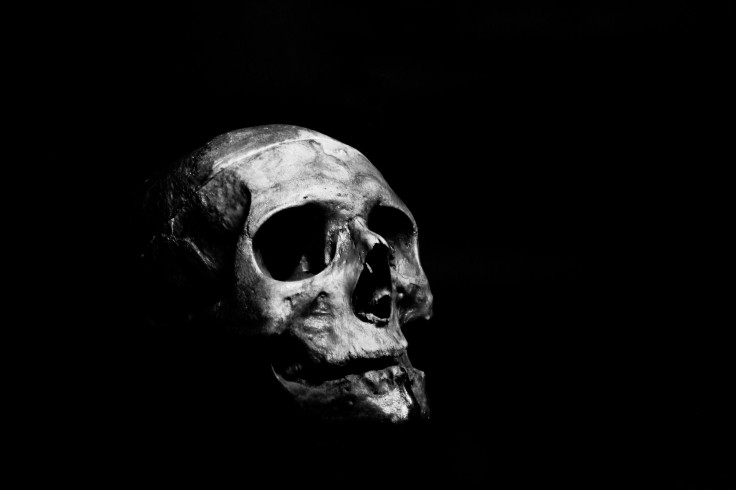
The remains of 28 human bodies that were buried in Mexico at least 400 years ago show how pre-Hispanic and Catholic cultures coexisted before Spanish colonists arrived, according to local researchers.
Researchers made the discovery in February while constructing a picturesque pavilion in Mexico City's Chapultepec park when they stumbled upon a cemetery from the early viceregal period, which lasted from 1521 to 1620 AD.
What is most surprising, according to Maria de Lourdes Lopez Camacho, head of archaeological salvage and National History Museum, is that the bodies were buried at the same time period even if they were from different populations.
"Two burial systems are coexisting, the Christian burial and the burial in dorsal decubitus: the fetal position, on the side, with pre-Hispanic ceramic or obsidian, precisely from this Mexica or Tepaneca period," Lopez Camacho said, referring to the early viceregal period, reports Reuters.
She added that it is possible the individuals had died from the same cause.
"(The fact that) we have three levels of graves and there are a few centimeters that differentiate one level from another... tells us that there could have been one death or many deaths in a short period of time, which could tell us about an epidemic," Lopez Camacho said.
According to the archaeologist, the burials also imply that a pre-Hispanic population in the area may have served as labor for the nearby mills, which were the first industries the Spanish established.
The bodies belonged to two distinct groups, according to studies done by Mexico's Directorate of Archaeological Salvage (DSA), and they had illnesses and ailments associated with nutritional deficiencies. There will be more research.
The investigation was carried out under the direction of Mexico's National Institute of Anthropology and History (INAH).
© 2025 Latin Times. All rights reserved. Do not reproduce without permission.




